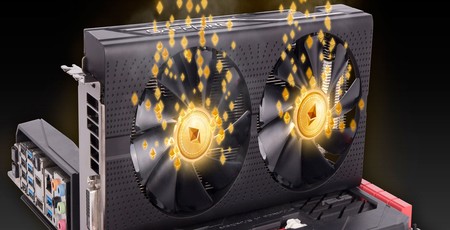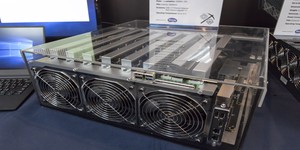
Test Setup
One thing to note about these results before we get to them is that they are really just a snapshot, relevant only to the time of testing (early April 2018). The hash rate of cards can change over time thanks to driver and code updates, and the expected output in coin also varies as difficulty changes. Of course profits will always mainly be determined by the current value of the coin(s) you’re mining, which is again subject to massive change.
AMD cards use drivers 18.3.4 and are set to Compute Mode in Radeon Settings if available – a neat trick that helps with these workloads. They are tested with NiceHash Legacy version 1.8.1.10. Nvidia cards use the 391.35 drivers and NiceHash 2.0.1.11 Beta. All NiceHash benchmarks are the ‘Standard’ benchmark. The Claymore miner is version 11.6.
Power consumption is for total system power, and the system is kept the same other than the GPU. Our system is one that consumes about 50W when idle – this certainly can be improved upon, but we reckon it’s a decent ballpark figure for typical enthusiast systems.

The tested cards are as follows (pricing correct at the time of writing):
- AMD Radeon RX Vega 56 8GB (Starting at ~£570)
- Sapphire Radeon RX 580 Pulse 8GB (£390)
- Sapphire Radeon RX 470 Mining Edition 8GB (~£300 – likely only second-hand now)
- Gigabyte GeForce GTX 1060 G1 Gaming 6GB (£320)
Results
NiceHash - DaggerHashimoto Algorithm
NiceHash - CryptoNight Algorithm
NiceHash - Pascal Algorithm
Claymore Miner for Ethereum

MSI MPG Velox 100R Chassis Review
October 14 2021 | 15:04








Want to comment? Please log in.